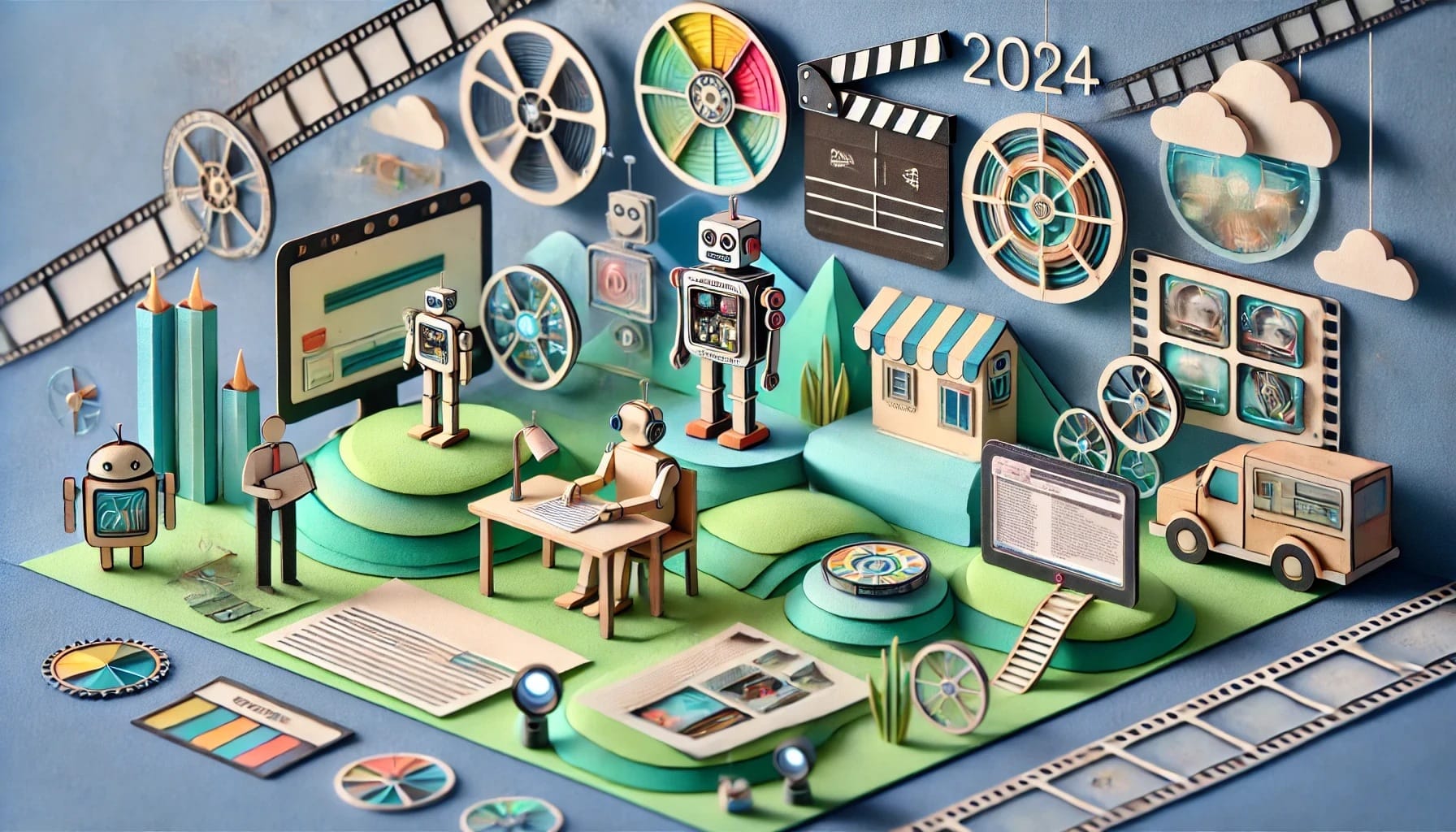The landscape of AI in writing has seen remarkable advancements in 2024, driven by innovations in large language models (LLMs), generative AI, and the emergence of small language models (SLMs). These technologies are not only enhancing productivity but also reshaping how we approach content creation and storytelling.
The Rise of Small Language Models (SLMs)
SLMs are becoming a significant trend, offering efficiency and versatility. Unlike their larger counterparts, SLMs require less data and computational power, making them ideal for deployment on devices with limited processing capabilities. This shift is crucial as it allows for more tailored applications, improving performance in specific domains such as legal writing, technical documentation, and creative storytelling .
Generative AI’s Expanding Horizons
Generative AI continues to evolve, extending its influence beyond traditional text generation. In 2024, we see it becoming integral in content strategy, product design, and even complex scriptwriting for films and television. Advances in retrieval-augmented generation (RAG) are enhancing the contextual accuracy of AI outputs, making them more relevant and nuanced .
Multimodal AI: The Next Frontier
Multimodal AI, which integrates text, images, and other data forms, is another exciting development. Google’s Gemini and OpenAI’s GPT-4 are pioneering this space, enabling more intuitive and rich interactions with AI. This technology allows for applications that range from creating sophisticated visual content to providing detailed, context-aware descriptions for various media .
Ethical and Regulatory Considerations
As AI becomes more integrated into our daily lives, ethical and regulatory frameworks are becoming paramount. 2024 is witnessing significant strides in AI regulation, with efforts from global entities like the EU and the U.S. Senate aimed at ensuring responsible AI usage. This includes addressing biases, protecting data privacy, and developing guidelines to mitigate the risks associated with advanced AI technologies .
AI in Creative and Practical Applications
The creative potential of AI is being harnessed in new ways. From aiding in the creation of deepfake technology for films to enhancing music production, AI’s role in the arts is expanding. However, this comes with challenges, such as the ethical implications of deepfakes and their potential misuse in disinformation campaigns .
In practical applications, AI is streamlining tasks such as automating form-filling and other administrative chores, potentially reshaping the job market and paving the way for a four-day work week in some sectors .
The Future of AI Writing Tools
Looking ahead, the integration of AI in writing and content creation promises to drive a massive productivity leap. With more cost-effective solutions and advanced tools becoming available, writers and creators can expect enhanced efficiency and creativity in their workflows. The ongoing developments in AI are set to redefine not just how we write, but how we conceptualize and interact with content across various media.
For those interested in exploring the cutting edge of AI writing technologies, staying informed about these trends is crucial. The future of AI in writing is not just about automation—it’s about collaboration, innovation, and enhancing human creativity through powerful new tools.






